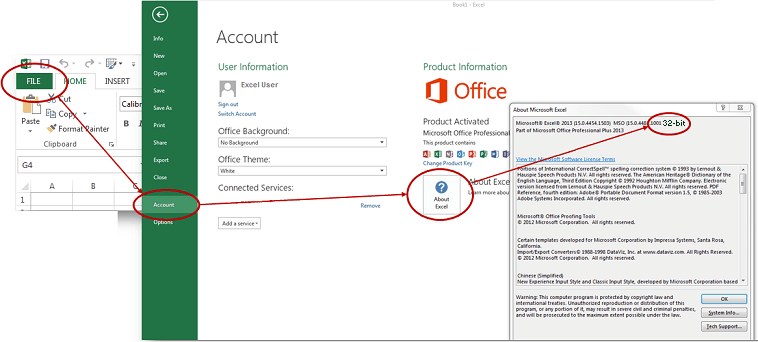Why Compiling to an EXE Is Not Enough #
When you compile a workbook into a protected application, the original workbook file (XLSX, XLSM, etc.) is encrypted and embedded within the resulting .EXE file. This prevents users from directly accessing the original file.
Basic Protection is Not Enough
However, simply compiling your workbook provides only a basic layer of security. Think of it as closing a door without locking it. To truly secure your intellectual property, you must enable the advanced protection features offered by XLS Padlock.
To function, XLS Padlock must load your workbook into Excel’s memory. Without activating XLS Padlock’s additional security layers, a sophisticated attacker could potentially extract the original workbook from memory while the application is running. While this is not a trivial task, it highlights the need for stronger protection.
Make an Extracted Workbook Useless
When you correctly apply XLS Padlock’s security features, the extracted workbook becomes useless. Even if someone extracts the file, it will not function correctly. Protection is especially strong for workbooks containing formulas and/or VBA code, as these critical components are either encrypted or compiled, effectively preventing unauthorized use or tampering.
Most Effective Security Features #
We recommend enabling the following features for the strongest protection:





